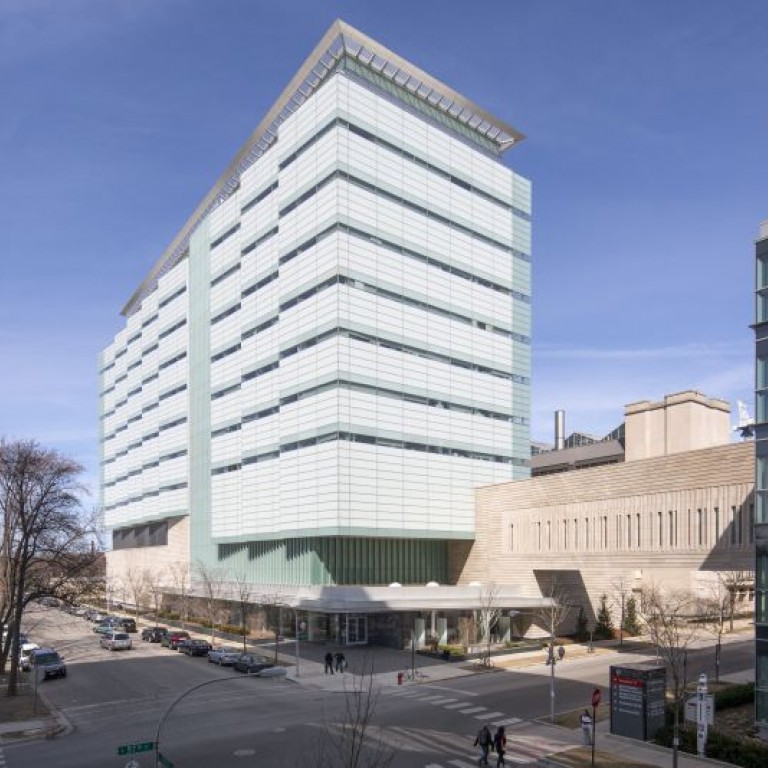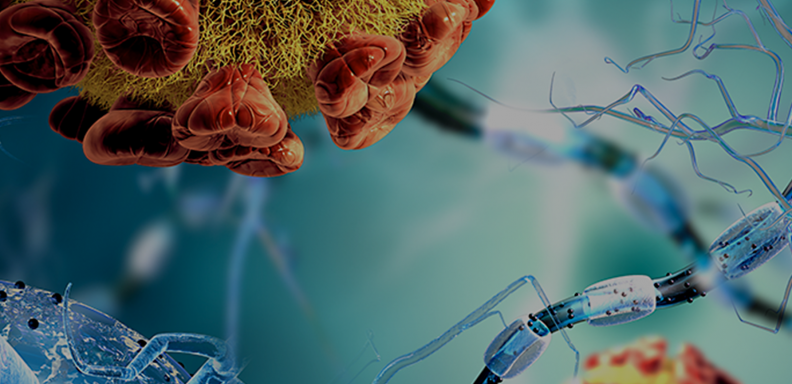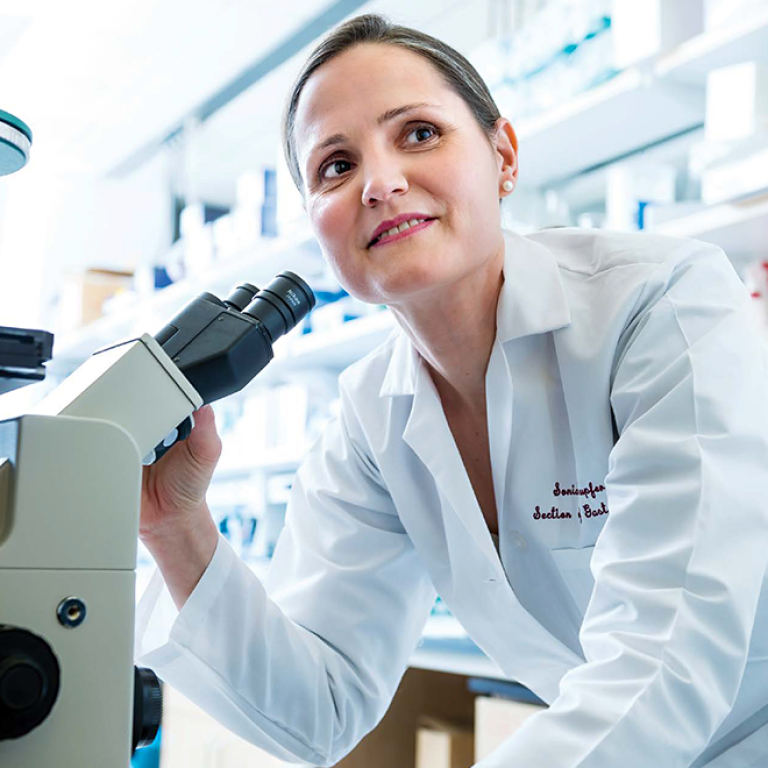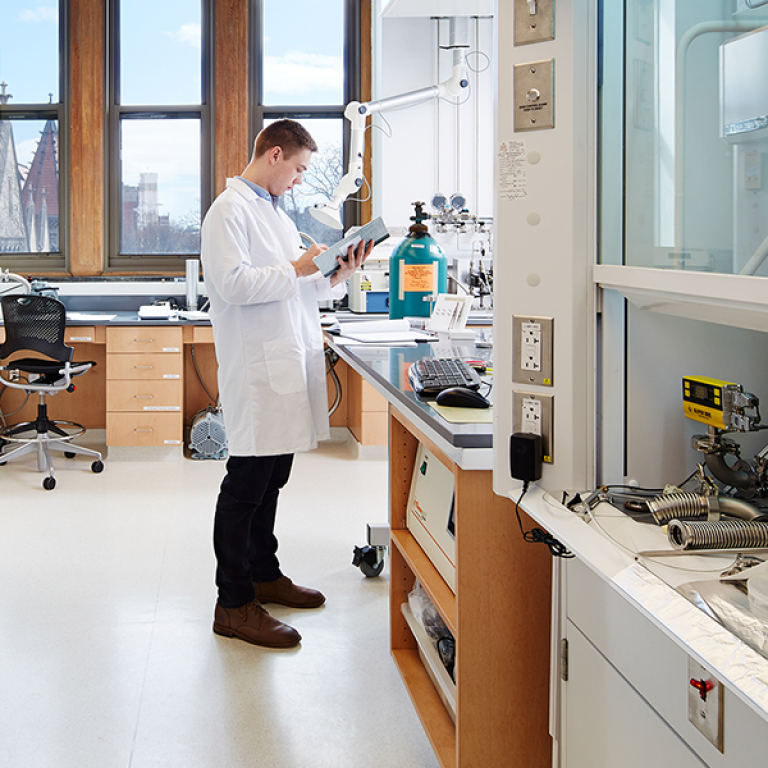Biomedical research increasingly depends on high-performance computing for modeling and large-scale simulations of the molecular building blocks for biological functions. Recent advances in imaging technology, like cryo-electronic microscopy, produce images of molecules at unprecedented resolution, but also generate enormous amounts of data that need equally enormous amounts of computing horsepower to analyze.
Benoit Roux, PhD, the Amgen Professor of Biochemistry and Molecular Biology, recently received a $2 million NIH grant to develop a new computing cluster at the University of Chicago to power such data-intensive research. The new cluster will be part of the Beagle supercomputer hosted and managed by the Research Computing Center (RCC).
Researchers like Roux will use the additional computing resources to refine experimental data from electron microscopy and make accurate quantitative predictions of structure, dynamics, and function of these systems. Ultimately, they want to create virtual reality models through classical molecular dynamics simulations.
“We have access to a range of computers, either at UChicago or elsewhere, but this cluster will be exclusively dedicated to NIH-funded projects in structure and dynamics of biological systems. So, this will be a big boost to the participating PIs,” Roux said.
The original Beagle, named for the ship that carried Charles Darwin on the voyage that inspired The Origin of Species, was acquired through an NIH grant in 2010. Ian Foster, PhD, Arthur Holly Compton Distinguished Service Professor of Computer Science, recognized the growing resource-intensive requirements of the biomedical research community, and secured the NIH support to build the powerful muticore processor Cray computer. Unlike national supercomputing resources where biomedical scientists must compete with physics, astronomy, and climate research for limited compute time, Beagle primarily supports advanced analysis and modeling for the life sciences. A second NIH grant in 2015 supported upgrades for this first computer to Beagle-2.
The new project, known as Beagle-3, will consist of 44 computing nodes with 176 graphics processing units (GPUs). GPUs, commonly known for their use in processing graphics for gaming and video editing, are also widely used for a range of scientific applications. They provide a huge boost in performance by offloading computing-intensive portions of an application to dedicated processors in the GPU while the remainder of the code runs on the central processing unit (CPU).
The RCC will host workshops and other programming to help users get to know the new cluster and learn how to make the best use of it. Staff computational scientists are also available to help optimize code for the new system.



